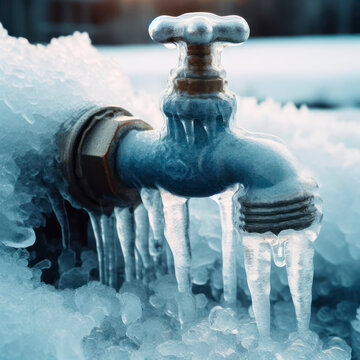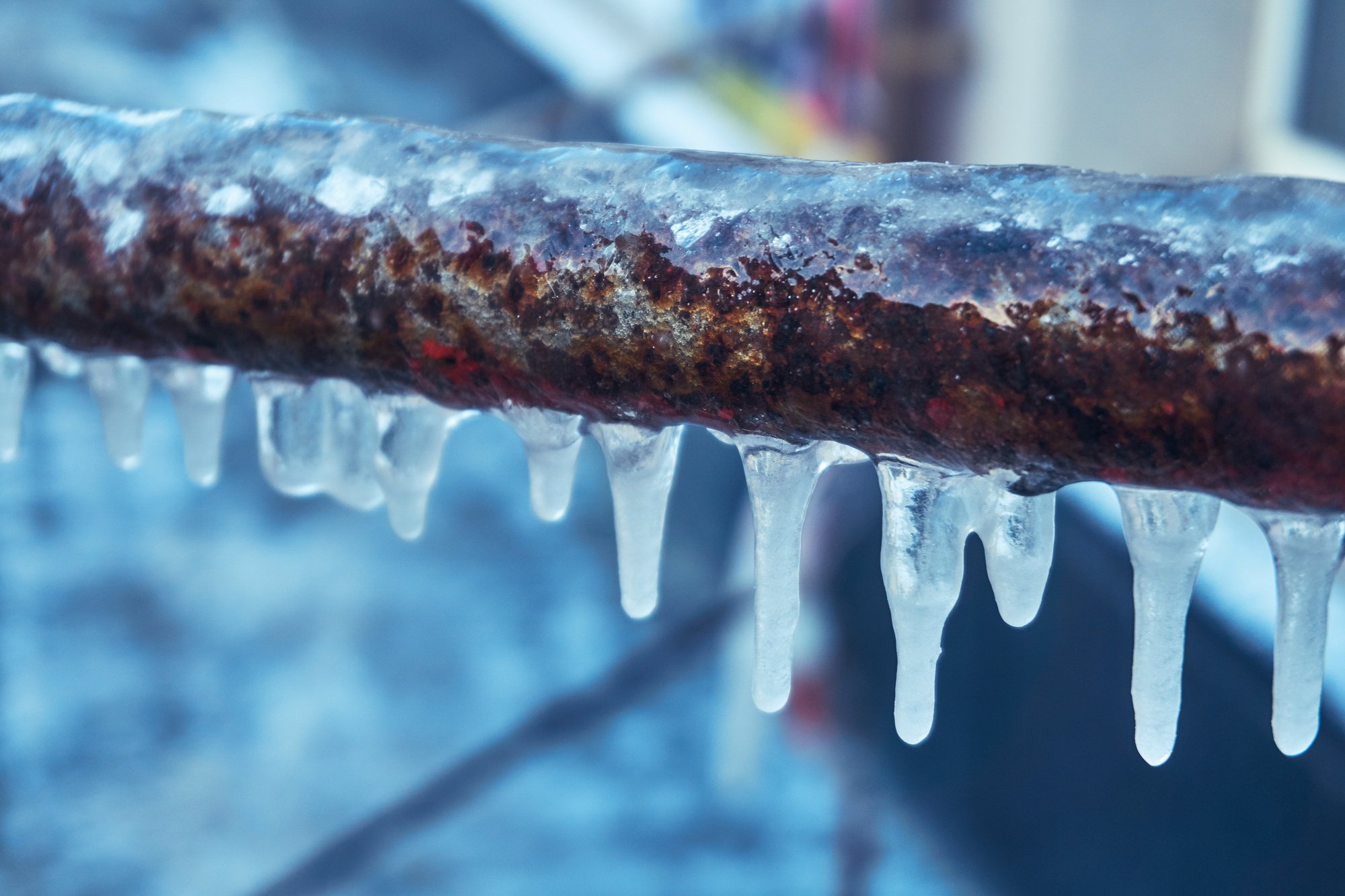Protecting Your Pipes from Cold Weather: Effective Strategies
Protecting Your Pipes from Cold Weather: Effective Strategies
Blog Article
What are your opinions regarding How to prepare your home plumbing for winter weather?

Cold weather can wreak havoc on your pipes, specifically by freezing pipes. Here's just how to avoid it from happening and what to do if it does.
Intro
As temperatures decline, the danger of icy pipes increases, potentially leading to expensive repairs and water damages. Understanding exactly how to prevent frozen pipelines is crucial for property owners in cool climates.
Comprehending Icy Pipelines
What creates pipelines to ice up?
Pipelines ice up when exposed to temperatures below 32 ° F (0 ° C) for prolonged periods. As water inside the pipes freezes, it broadens, taxing the pipeline wall surfaces and potentially triggering them to rupture.
Threats and problems
Frozen pipes can cause supply of water disturbances, residential property damages, and costly repair work. Burst pipes can flooding homes and create substantial structural damages.
Indicators of Frozen Pipeline
Identifying icy pipes early can stop them from rupturing.
How to recognize frozen pipelines
Look for reduced water circulation from faucets, uncommon odors or noises from pipelines, and visible frost on exposed pipes.
Avoidance Tips
Shielding vulnerable pipes
Wrap pipes in insulation sleeves or make use of warmth tape to shield them from freezing temperatures. Focus on pipes in unheated or external areas of the home.
Heating strategies
Maintain indoor areas sufficiently heated, especially locations with plumbing. Open closet doors to enable warm air to distribute around pipes under sinks.
Shielding Outside Plumbing
Yard hose pipes and exterior faucets
Disconnect and drain pipes yard hose pipes prior to wintertime. Mount frost-proof faucets or cover exterior taps with shielded caps.
What to Do If Your Pipelines Freeze
Immediate activities to take
If you presume frozen pipes, maintain taps available to relieve pressure as the ice thaws. Make use of a hairdryer or towels soaked in hot water to thaw pipes gradually.
Long-Term Solutions
Architectural changes
Consider rerouting pipes away from exterior walls or unheated areas. Add extra insulation to attics, cellars, and crawl spaces.
Upgrading insulation
Buy top quality insulation for pipes, attic rooms, and wall surfaces. Correct insulation aids preserve constant temperatures and reduces the risk of icy pipes.
Conclusion
Preventing icy pipes requires aggressive procedures and quick feedbacks. By comprehending the causes, indications, and preventive measures, house owners can safeguard their pipes during winter.
5 Ways to Prevent Frozen Pipes
Drain Outdoor Faucets and Disconnect Hoses
First, close the shut-off valve that controls the flow of water in the pipe to your outdoor faucet. Then, head outside to disconnect and drain your hose and open the outdoor faucet to allow the water to completely drain out of the line. Turn off the faucet when done. Finally, head back to the shut-off valve and drain the remaining water inside the pipe into a bucket or container. Additionally, if you have a home irrigation system, you should consider hiring an expert to clear the system of water each year.
Insulate Pipes
One of the best and most cost-effective methods for preventing frozen water pipes is to wrap your pipes with insulation. This is especially important for areas in your home that aren’t exposed to heat, such as an attic. We suggest using foam sleeves, which can typically be found at your local hardware store.
Keep Heat Running at 65
Your pipes are located inside your walls, and the temperature there is much colder than the rest of the house. To prevent your pipes from freezing, The Insurance Information Institute suggests that you keep your home heated to at least 65 degrees, even when traveling. You may want to invest in smart devices that can keep an eye on the temperature in your home while you’re away.
Leave Water Dripping
Moving water — even a small trickle — can prevent ice from forming inside your pipes. When freezing temps are imminent, start a drip of water from all faucets that serve exposed pipes. Leaving a few faucets running will also help relieve pressure inside the pipes and help prevent a rupture if the water inside freezes.
Open Cupboard Doors
Warm your kitchen and bathroom pipes by opening cupboards and vanities. You should also leave your interior doors ajar to help warm air circulate evenly throughout your home.

Do you enjoy reading about How to Prevent Your Pipes From Freezing? Place a short review directly below. We would be glad to hear your thinking about this entry. We are looking forward that you come back again in the near future. Sharing is caring. Who knows, you will be helping someone out. We thank you for your readership.
Click Here Report this page